
hotline:
17715390137
Tel/Wechat:
18101240246 (Technology)
0512-68565571
Email:mxenes@163.com (Sales Engineer)bkxc.bonnie@gmail.com
Scan the code to follow or search the official account on WeChat:
2D Materials Fronrier After paying attention,
click on the lower right corner to contact us,
Enter enterprise WeChat.
Professional Services Online

 Research highlights:
Research highlights:
1. Template-free crystal-crystal thermal transition to synthesize highly crystalline mesoporous transition metal oxides.
2. Small molecules overflow in situ to create a double-through-hole structure.
3. Surface step defect sites greatly improve the catalytic activity of mesoporous metal oxides.
Synthesis of highly crystalline transition metal oxide
Mesoporous metal oxides are widely used in the fields of catalysis, energy storage, and nanomedicine due to their surface-active sites and mass transfer advantages. Generally, in order to realize the functionalization of the mesoporous metal oxide and improve its physical and chemical properties more effectively, it is necessary to further crystallize the mesoporous wall. For example, by adjusting the crystallinity and crystal phase of the mesoporous transition metal oxide, the photocatalytic activity can be effectively optimized. However, the synthesis of high-crystallinity mesoporous transition metal oxides remains a major challenge in this field. This is mainly due to the crystallization process of mesoporous transition metal oxides accompanied by grain growth.
As the crystallization process progresses, sharp volume shrinkage often occurs, causing the pore structure of the oxide to collapse before crystallization. In order to prepare highly crystalline mesoporous metal oxides, it is common practice to use a hard template method to synthesize or convert a soft template to thermodynamically stable carbon or silica at high temperature, and then remove the template. Although a series of synthetic advances have been made using these methods, the complexity and cost of preparation have been greatly increased due to sacrificing soft or hard templates.
Achievements
Recently, He Jie‘s group at the University of Connecticut and Liu Ben‘s group at Nanjing Normal University jointly reported a template-free synthesis strategy, successfully preparing two-dimensional mesoporous transition metal oxide nanosheets with rich surface defects and high crystallinity. This method is based on crystal-to-crystal transformation, which converts highly crystalline basic carbonate two-dimensional nanosheets into high-crystalline transition metal oxide two-dimensional nanosheets at low temperature. During the thermal transformation, due to the overflow of small molecules (carbon dioxide and water molecules), a double penetrating mesoporous structure is generated in situ, thereby obtaining a highly crystalline two-dimensional mesoporous transition metal oxide with a regular morphology. The method is simple and universal, and can realize the controllable preparation of a variety of highly crystalline mesoporous transition metal oxides. In addition, unlike traditional crystalline mesoporous metal oxides, the mesoporous transition metal oxides prepared by this method have rich surface step defects.
Further research found that this special surface structure has a significant effect on its catalytic performance. In the bio-enzyme-catalyzed reaction, the catalytic activity of the defected crystalline mesoporous tricobalt tetraoxide nanosheets is more than 10 times higher than that of ordinary mesoporous tricobalt tetraoxide, and it is nearly 130 times higher than commercial tricobalt tetraoxide, showing an extremely attractive application prospect.
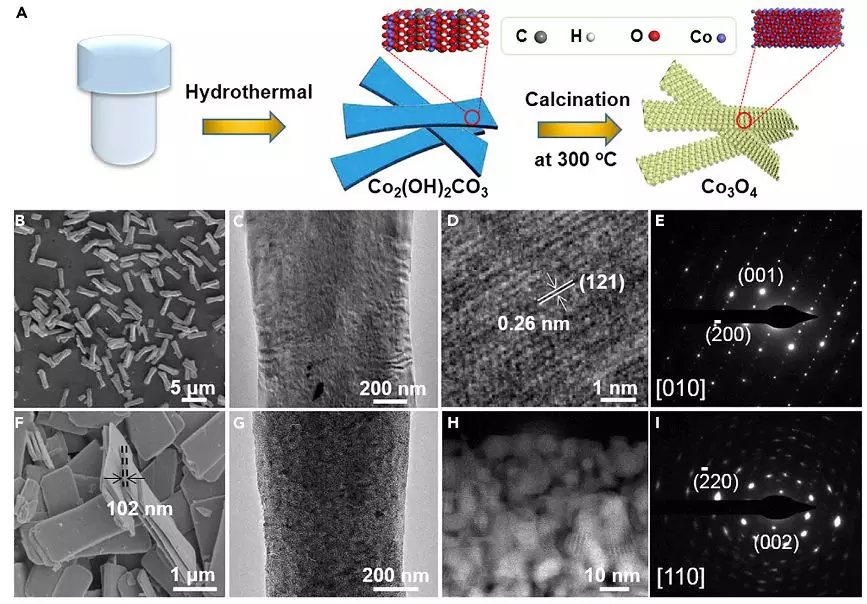
Figure 1. Schematic of preparation of mesoporous transition metal oxides with no templated synthesis strategy and corresponding SEM and TEM characterization.
Point 1: Preparation and Crystal-Crystal Thermal Conversion of Highly Crystallized Basic Carbonate Nanosheets
In this work, the author first prepared a highly crystalline basic cobalt carbonate precursor through a liquid-phase synthesis route. Through further low-temperature thermal conversion treatment, an effective phase transition from high crystalline basic cobalt carbonate to high crystalline tricobalt tetraoxide was achieved . During the crystal transformation process, small molecules (carbon dioxide and water molecules) overflow the crystal lattice, thereby generating mesoporous structures in situ. At the same time, the low-temperature thermal transformation also makes the morphology of the two-dimensional nanosheets well maintained. The scanning electron microscope observation results in Fig. 1 show that the morphology of the nanosheets remains good before and after the phase transition. High-power transmission electron microscopy results show that rich mesoporous structures are generated in situ on the nanosheets after the phase transition. At the same time, the fast Fourier transform characterization further clarifies the high crystallization characteristics of the nanosheets before and after the phase transition, which is further confirmed by XRD and other spectroscopic results in the text. In order to further explore the formation process of the mesoporous structure, the author performed a real-time observation experiment of in-situ heating scanning transmission electron microscopy on high crystalline basic cobalt carbonate (as shown in Figure 2), which confirmed that the generation of mesoporous originated from high The decomposition of crystalline basic cobalt carbonate and the release of small molecules have a certain guiding effect on the formation of mesopores. Then through three-dimensional STEM multi-angle observation and reconstruction, it was further revealed that the mesoporous structure in the cobalt tetroxide nanosheets is double through-holes.
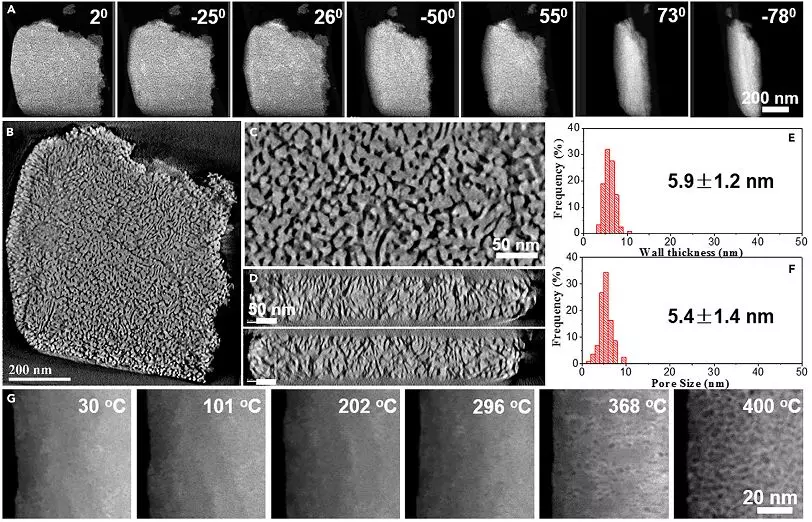
Figure 2. 3D multi-angle STEM observation and in-situ heating STEM characterization.
Point 2: Excellent template-free synthesis strategy
Figure 3 shows the SEM and transmission electron microscopy (TEM) images of a series of highly crystallized mesoporous transition metal oxides prepared without a template route. XRD and fast Fourier transform characterization confirmed the high crystalline characteristics of the expanded synthetic materials (CoO, Cu0.92Co2.08O4, MnCo2O4.5, ZnCo2O4). At the same time, due to the low-temperature phase transition, the morphology of the highly crystalline mesoporous transition metal oxide is regular and highly consistent with the precursor of the basic carbonate.
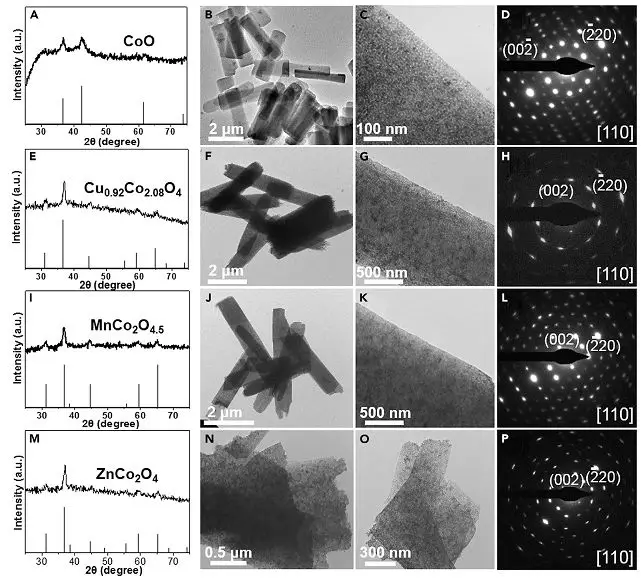
Figure 3. 3D multi-angle STEM observation and in-situ heating STEM characterization.
Point 3: The surface of the highly-crystallized mesoporous cobalt tetraoxide nanosheets is rich in step defects
The spherical aberration-corrected HAADF-STEM characterization in Figure 4 shows that the surface of highly crystalline mesoporous tricobalt tetraoxide nanosheets has rich defect sites (there are more electron microscope characterization pictures in auxiliary materials). In contrast, the surface of traditional commercial cobalt trioxide nanoparticles is almost perfect lattice, without obvious defect structure. The high magnification HAADF-STEM observation further revealed that the defect structure was a cobalt ion step defect site. At the same time, this defect structure was further confirmed by secondary ion mass spectrometry and X-ray photoelectron spectroscopy.

Figure 4. Spherical aberration corrected HAADF-STEM characterization of highly crystalline mesoporous tricobalt tetraoxide nanosheets and commercial tricobalt tetraoxide nanoparticles.
Point 4: Defective high-crystallized mesoporous cobalt tetraoxide nanosheets have excellent catalytic performance
Figure 5 is the result of catalytic evaluation of bio-like enzymes. It can be seen from the figure that the catalytic activity of the highly-defective and highly crystalline mesoporous tricobalt tetraoxide nanosheets is increased by nearly 130 times compared to commercial tricobalt tetraoxide nanoparticles. And showed excellent catalytic stability, in five consecutive catalytic tests, the catalytic activity remained good without any attenuation. In addition, compared with the mesoporous tricobalt tetraoxide catalyst prepared by the hard template method, the catalytic activity of the highly-crystallized mesoporous tricobalt tetraoxide nanosheets is also improved by more than 10 times, showing huge catalytic advantages and broad application prospects.
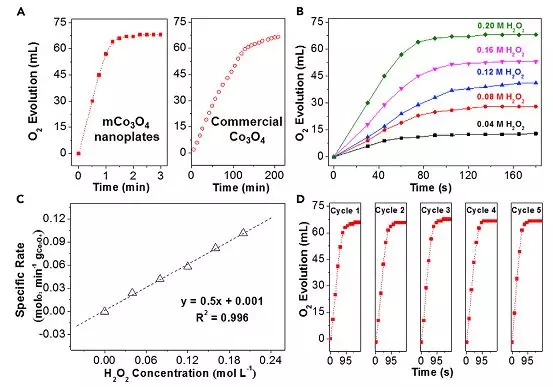
Figure 5. Results of catalytic evaluation of bio-like enzymes.
Point 5: Theoretical understanding of step defects to enhance the catalytic activity of biological enzymes
FIG. 6 is a potential energy diagram of a step-defective state and a non-defective state of a Co3O4 (110) surface biological enzyme-catalyzed reaction. It can be seen from the figure that on the surface of the step-defective and non-defective Co3O4 (110), the decomposition of hydrogen peroxide has undergone the steps of hydrogen peroxide molecule adsorption activation, oxygen-oxygen bond rupture, hydrogen transfer, and oxygen molecule formation. The oxygen-oxygen bond rupture is the speed-determining step of the reaction. In the speed-determining step, the oxygen-oxygen bond rupture has almost no energy barrier on the step-defective Co3O4 (110) surface, and the non-defective Co3O4 (110) surface energy barrier reaches 0.84eV. This result shows that the presence of step defect sites effectively accelerates the reaction and provides an important reference for understanding the reaction mechanism at the molecular level and designing better catalysts.
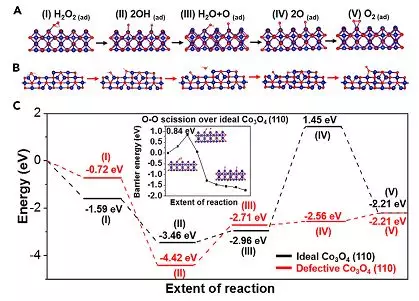
Figure 6. Potential energy diagrams of the step-defective and non-defective Co3O4 (110) surface biological enzyme-catalyzed reactions.
summary
In summary, the author has successfully prepared a highly crystallized mesoporous transition metal oxide through a template-free synthesis strategy. This method is simple, efficient, and has excellent universality. At the same time, the author took bio-like enzyme catalysis as the model reaction, and found that the highly crystalline mesoporous transition metal oxides exhibited excellent catalytic performance, and further revealed the important role of surface step defects at the molecular level. Through this work, the author showed the broad application prospects of the defect-state highly crystalline mesoporous transition metal oxides, and is expected to provide new ideas for related research.
references
Hu et al., Template-free Synthesis of Mesoporousand Crystalline Transition Metal Oxide Nanoplates with Abundant Surface Defects. Matter (2020).
DOI: 10.1016 / j.matt.2020.02.002
https://www.cell.com/matter/fulltext/S2590-2385(20)30064-3
Source of information: Nanoman

| Reminder: Beijing Beike New Material Technology Co., Ltd. supplies products only for scientific research, not for humans |
| All rights reserved © 2019 beijing beike new material Technology Co., Ltd 京ICP备16054715-2号 |